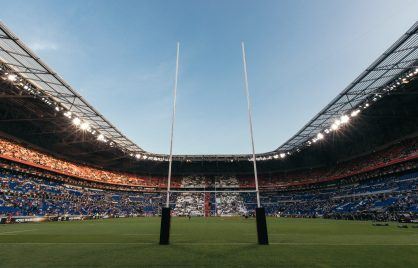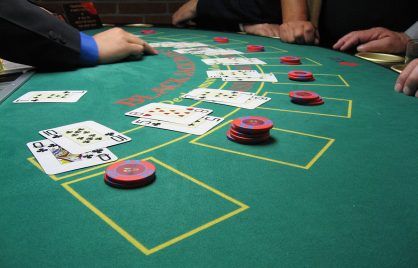Meet The 10 Best Poker Players Of All Time
Since The World Series of Poker was founded in 1970, poker has grown massively. The last 50 years have seen many incredible poker players take to the felt.
Many of them have been winners, some of them have even been called legends. But, only a few can claim to be among the best poker players of all time. Here’s our take on the top 10 poker players in the world. Check out our article on the richest poker players to see how it compares.
1. Daniel Negreanu
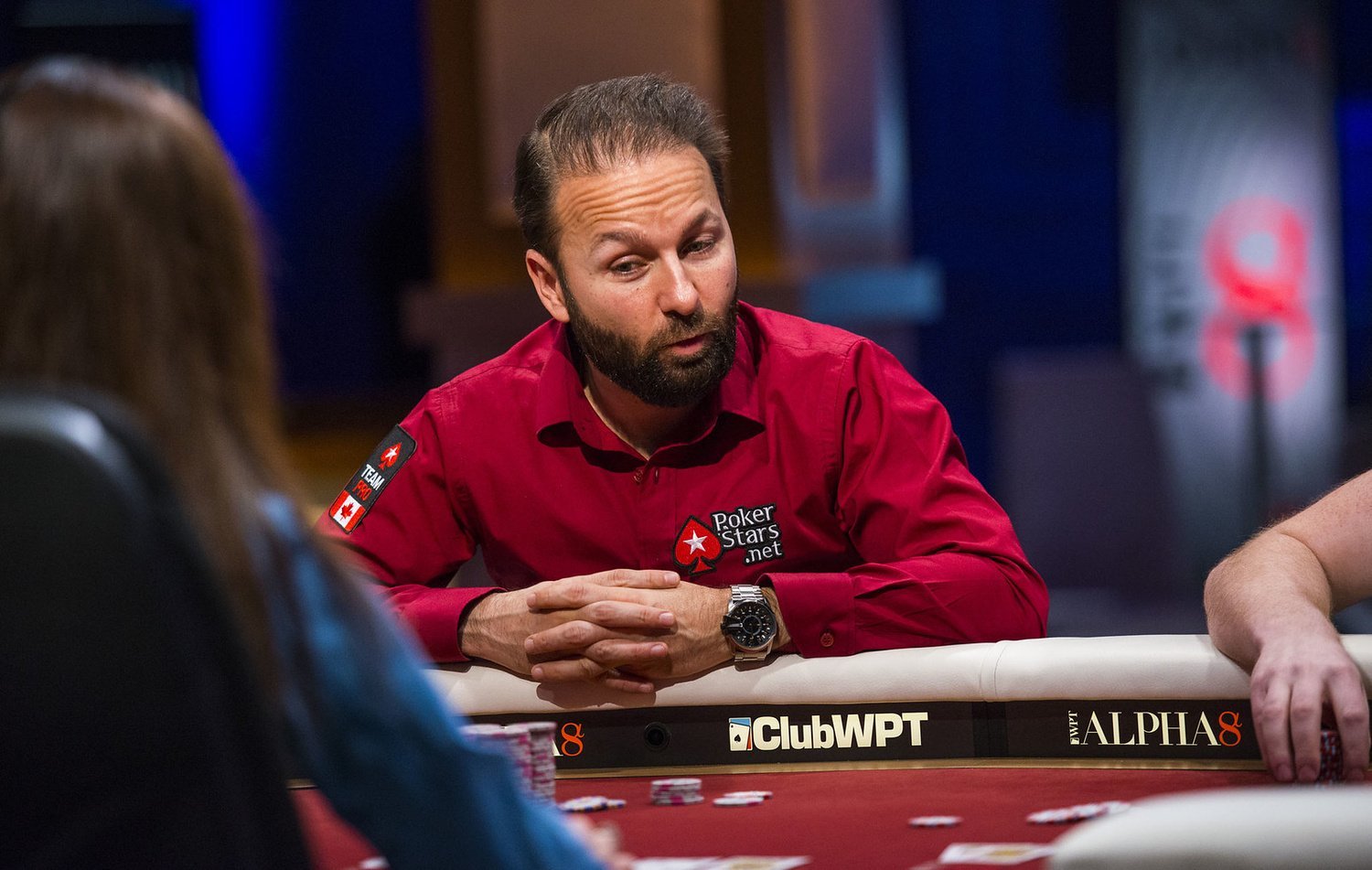
In our eyes, the best poker player is Hall of Famer Daniel Negreanu, who has had an incredibly successful and well-rounded poker career.
Negreanu’s career got off to an excellent start; his first cash at the WSOP was a $169,460 win in the $2,000 Pot Limit Hold’em event in 1998. At the time, this made him the youngest WSOP bracelet winner in history.
Over the years, the Canadian has added five more WSOP wins to his collection. In the process, he became the first player to make a final table at each of the three WSOP bracelet-awarding locations and the first to win at each.
Negreanu is also the only player to ever be named WSOP Player of the Year twice. He won the award in both 2004 and 2013.
Add to this two WPT championships, a WPT Player of the Year award, and over $51 million in winnings, and it’s not hard to see why many people see Negreanu as the greatest poker player of all time.
- Hendon Mob Popularity Ranking: 1st
- Global Poker Index Ranking: 47th
2. Phil Ivey

Phil Ivey is poker’s most iconic player; a phenomenal pro who has dominated the felt for years.
At 38, he was the youngest player to ever win 10 WSOP titles. He also marked up a WPT win in February 2008, beating the likes of Phil Hellmuth at the LA Poker Classic.
One of Ivey’s most famous wins came off tour when he took on banker Andy Beal in a high stakes match. It is reported that Ivey took Beal for $16.6 million over three days.
Ivey was inducted into the Poker Hall of Fame in 2017 and continues to feature in the world’s biggest poker games to this day.
- Hendon Mob Popularity Ranking: 2nd
- Global Poker Index Ranking: 245th
3. Phil Hellmuth
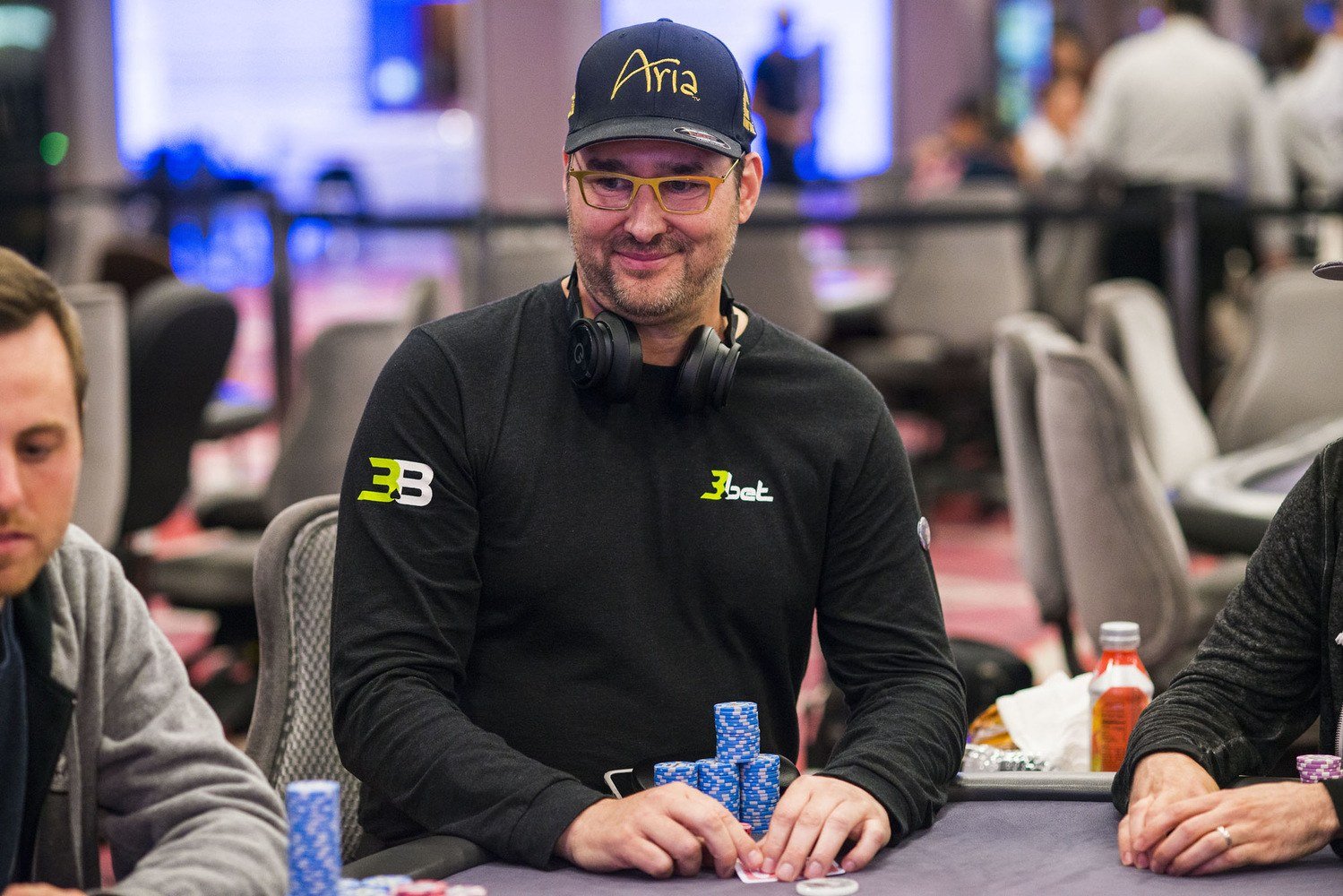
Phil Hellmuth, otherwise known as the Poker Brat, has a reputation for causing a scene whenever he plays. Luckily for him, he backs his talk up with amazing performances.
The majority of these have come on the WSOP circuit where Hellmuth holds the record for most wins. He currently owns an incredible 17 WSOP gold bracelets; that’s seven more than any other poker player has ever achieved.
Hellmuth’s very first WSOP win was in the 1989 Main Event. He was only 24 years old.
Hellmuth won his bracelets at frightening speed. In 1993, he was only the second player in history to win three bracelets at a single series. Amazingly, Hellmuth won his over three consecutive days.
With around $30 million in winnings and an induction into the Hall of Fame, Hellmuth doesn’t need to prove anything to anybody, but that doesn’t mean he won’t keep on playing, winning, and trash talking for a long time to come.
- Hendon Mob Popularity Ranking: 5th
- Global Poker Index Ranking: 568th
4. Justin Bonomo

Over his incredible career, Justin Bonomo has won over $63 million; an astronomical amount that makes him the second highest poker earner of all-time.
Bonomo’s best year came in 2018 when he won $25 million. This included a $4.8 million win in the Super High Roller Bowl in China. He took another $5 million after winning the $300,000 buy-in Super High Roller Bowl.
Bonomo then beat the best in the $10,000 Heads-Up Championship. The winnings from this tournament meant he had collected $14.5 million in just six months.
He capped the year by winning $10 million at the $1 million buy-in Big One for One Drop, the biggest win of his career to date.
As a regular on the high roller circuit, Bonomo boasts event wins at Triton High Roller Series, PokerStars Caribbean Adventure and Super High Roller Bowls in both China and Las Vegas.
Outside of the high roller circuit, Bonomo has three WSOP gold bracelets.
- Hendon Mob Popularity Ranking: 4th
- Global Poker Index Ranking: 72nd
5. Bryn Kenney
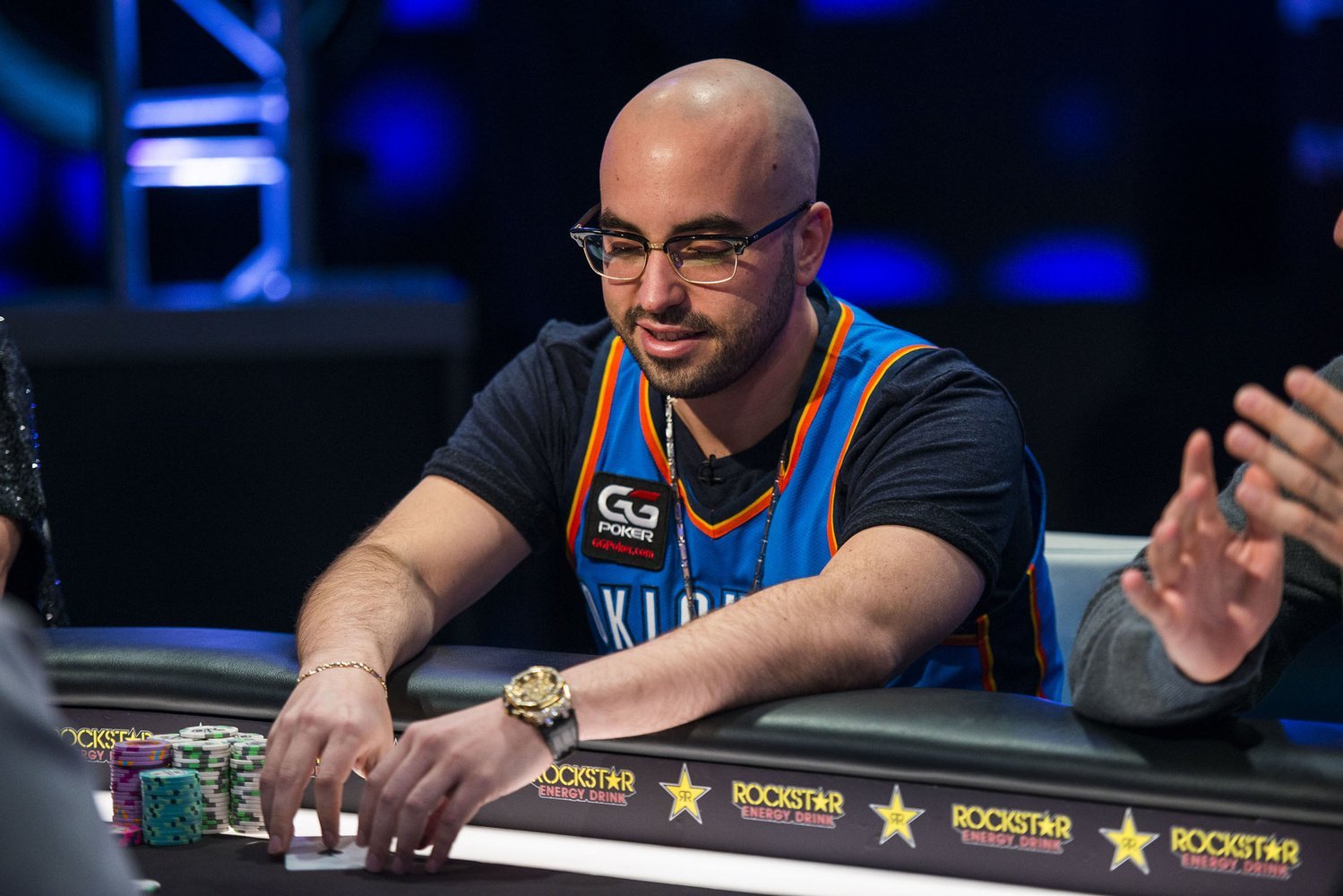
If you define the best poker player in the world as the person who wins the most money, the best poker player right now would be Bryn Kenney. Kenney has earned over $65 million so far – the most of any poker player.
Most of Kenney’s prize money has come from the high roller circuit.
His first seven-figure prize came from winning the 2016 PCA $100K Super High Roller for $1,687,800. He won it in style too, beating World Series of Poker Main Event champion Joe McKeehen heads up.
In total, Kenney has won seven+ figures eight times on tour. The biggest of these was a $20,537,187 cash after finishing second to Aaron Zhang in the Triton Million for Charity Event.
As the cherry on top of the cake, Kenney also has a gold bracelet which he won in the 2014 WSOP $1,500 Six-Handed 10-Game Mix.
If that’s not a career to be envious of, we don’t know what is.
- Hendon Mob Popularity Ranking: 6th
- Global Poker Index Ranking: 696th
6. Johnny Chan

Johnny Chan, the man who beat Erik Seidel in his first major tournament, is another poker playing legend.
Chan’s career hit the big time when he won his first WSOP event in 1985. He followed this up with back-to-back WSOP Main Event wins in 1987-88. This made him the first foreign national to win a WSOP Main Event.
As the first man to win 10 WSOP gold bracelets, Chan was a role model for many young poker players. His legendary status was confirmed when he played himself in the hit 1998 poker film “Rounders”, featuring a star-studded cast, including Matt Damon.
Although he has less than $9 million in career winnings, Chan is one of the best poker players of all time and was rightly inducted into the Hall of Fame in 2002.
- Hendon Mob Popularity Ranking: 107th
- Global Poker Index Ranking: 22,761st
7. Doyle Brunson
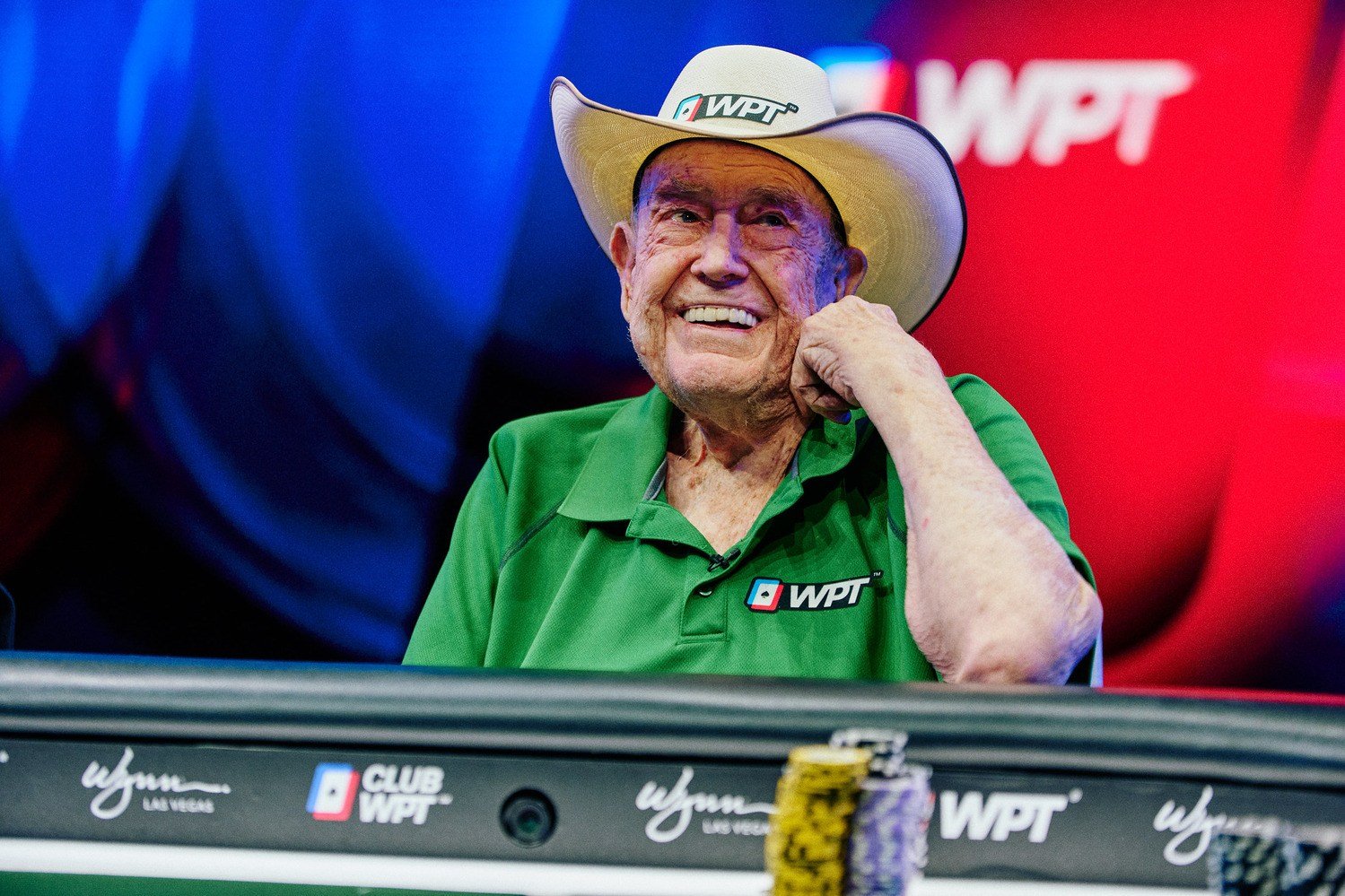
In poker, it’s easy to define success by how much money a player wins. But greatness is not just about winnings, it’s also about influence and how players have changed the sport they compete in.
No poker player has influenced the game more than the ‘Godfather of Poker,’ Doyle Brunson. In his decades-long career he won 10 WSOP bracelets including back-to-back WSOP Main Event wins in 1976-77. Over this time, he netted more than $6 million in live earnings.
However, Brunson’s greatest achievement in poker didn’t come on the felt, but on the page.
He wrote a book on poker strategy called “Super System” that was published in 1979.
This was one of the first books to examine poker strategy and is often called ‘the bible of poker.’
Many players, both professional and amateur, cite the book as a huge inspiration.
Brunson was inducted into the Poker Hall of Fame in 1988 – a fitting tribute to a legend of the game. Brunson passed away in 2023 aged 89, and will always be remembered as one of the greatest poker players ever.
- Hendon Mob Popularity Ranking: 57th
8. Erik Seidel
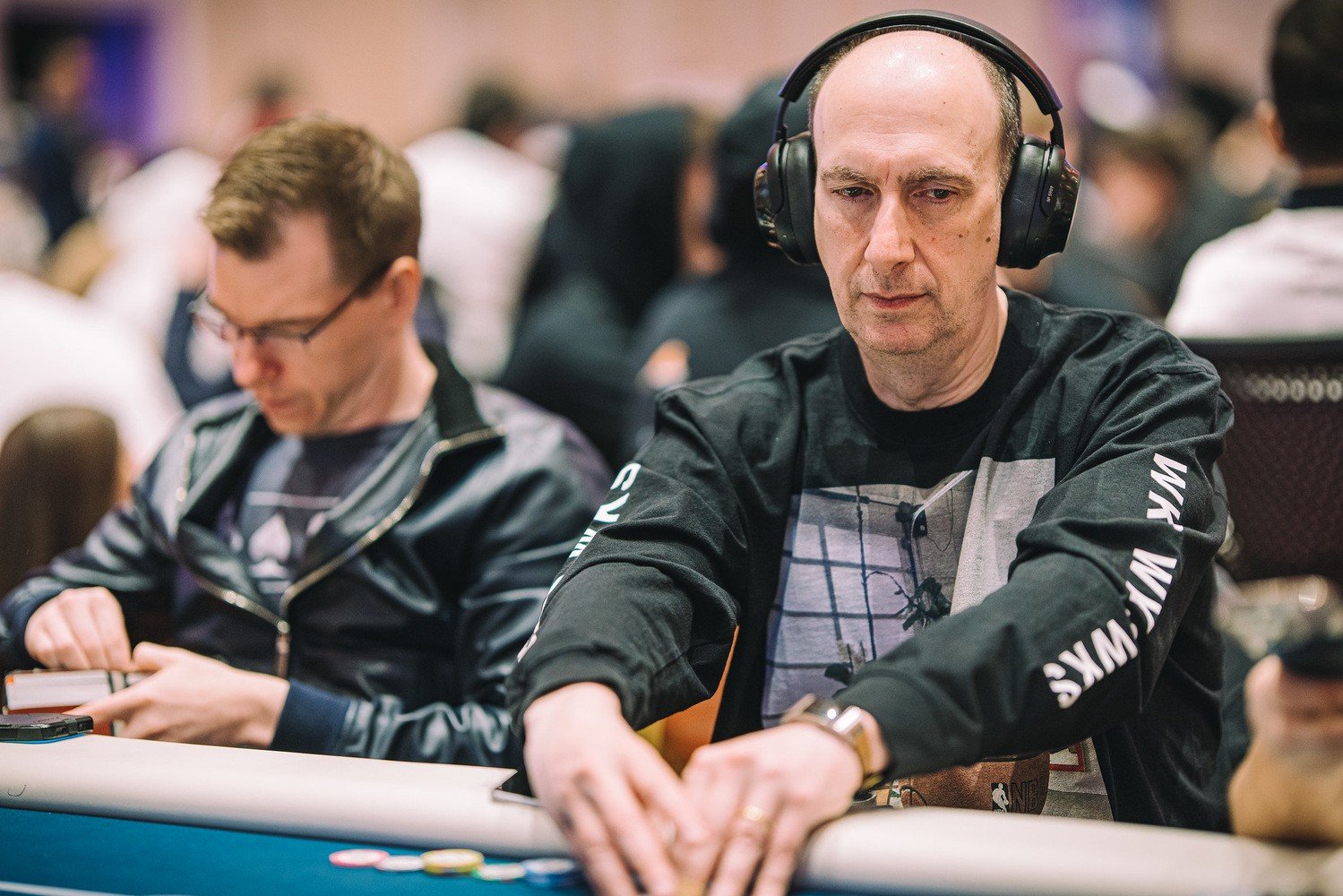
Known as the last active player of poker’s older generation, Erik Seidel is a Hall of Famer whose incredible career has spanned several decades.
Seidel’s career began with a bang when he was runner up in his first major poker tournament, the 1988 World Series of Poker Main Event tournament. The man he faced in the final? None other than poker legend Johnny Chan.
Seidel quickly got over this loss and went on to secure one WPT win and nine WSOP wins during his career.
He has been at the top for so long that his most recent gold bracelet, won in 2021, came 29 years after his first.
- Hendon Mob Popularity Ranking: 7th
- Global Poker Index Ranking: 42nd
9. Stephen Chidwick
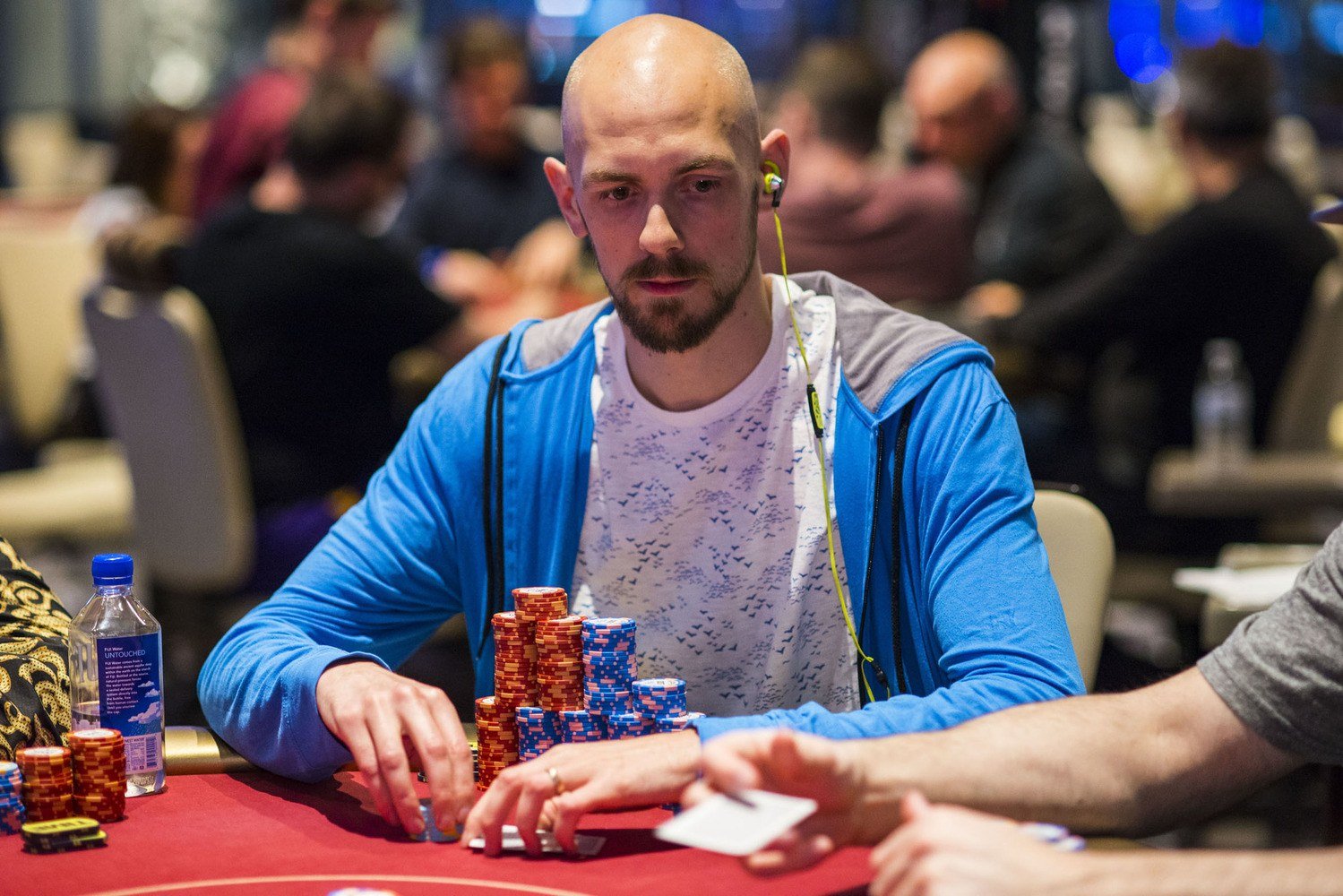
Stephen Chidwick is one of the highest earners poker has ever seen, netting over $50 million during his career so far. This lands Chidwick fourth in the all-time poker earnings list.
In 2019, Chidwick took the most important win of his career when he won the WSOP $25,000 Pot-Limit Omaha High Roller. This is the one and only gold bracelet Chidwick has won in his career.
Chidwick is currently fifth on the Global Poker Index Ranking. As a former GPI World Number One, he’ll be hoping to climb back up to the top spot soon.
- Hendon Mob Popularity Ranking: 9th
- Global Poker Index Ranking: 9th
10. Dan Smith
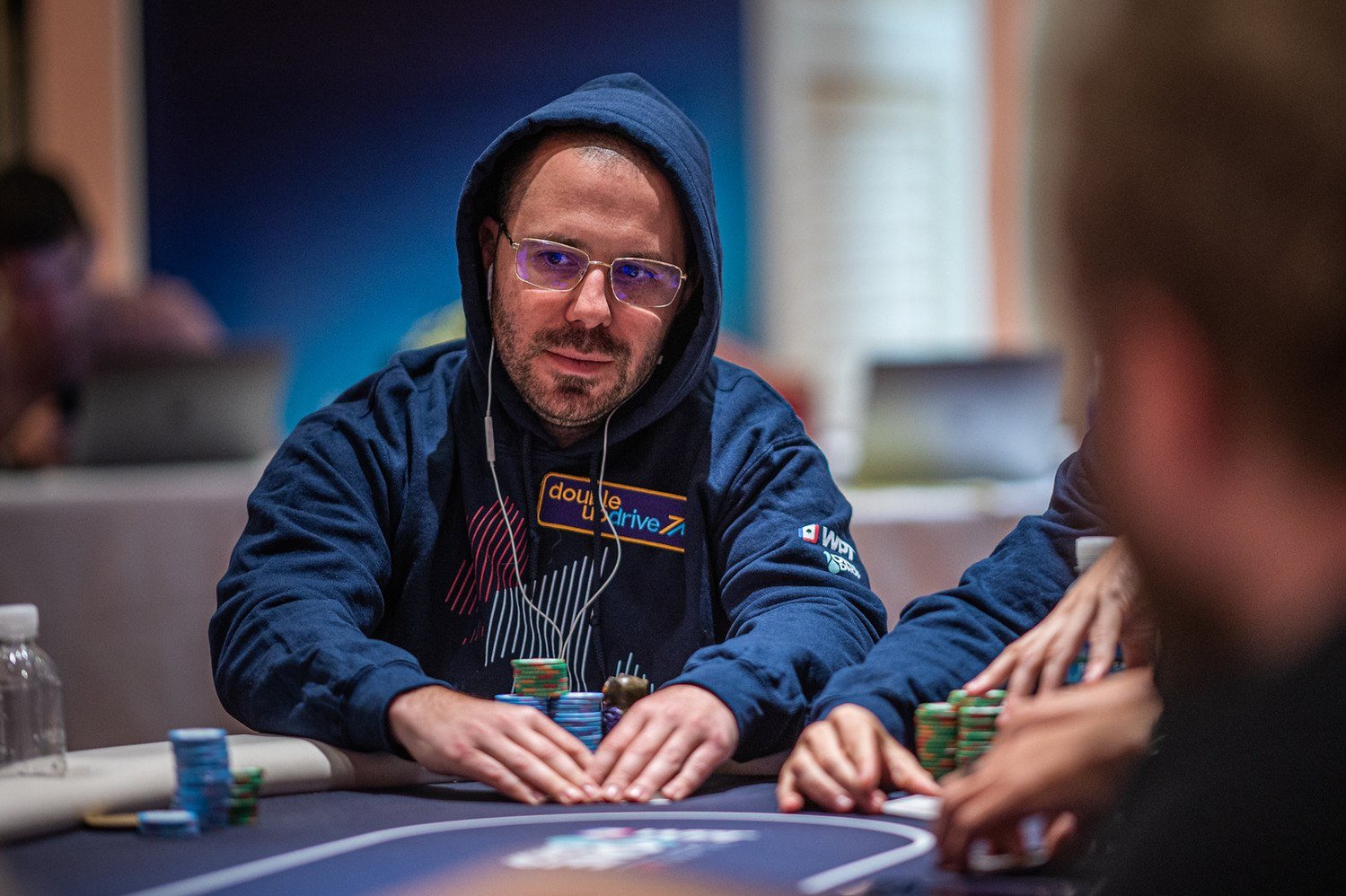
Dan Smith is an American former chess player whose skills on the black-and-white board earned him a scholarship to The University of Maryland. Surprisingly, Smith gave up the game after his first year at college to concentrate on his other love: poker.
Smith’s decision was a good one. In the years since leaving college, he has earned nearly $50 million from poker.
Aside from money, Smith has won his fair share of accolades including the GPI’s Player of the Year award in 2012.
He also clocked up 19 recorded tournament wins between 2013-2022. This period included his only WPT win; the 2013 $10,300 Five Diamond World Poker Classic Main Event.
In 2022, he finally got his hands on a coveted gold bracelet by winning the WSOP $25,000 Heads Up No-Limit Hold’em Championship.
- Hendon Mob Popularity Ranking: 17th
- Global Poker Index Ranking: 349th
So there you have it. The best poker players of all time.
After something a little spicier? Discover the biggest poker scandals.
